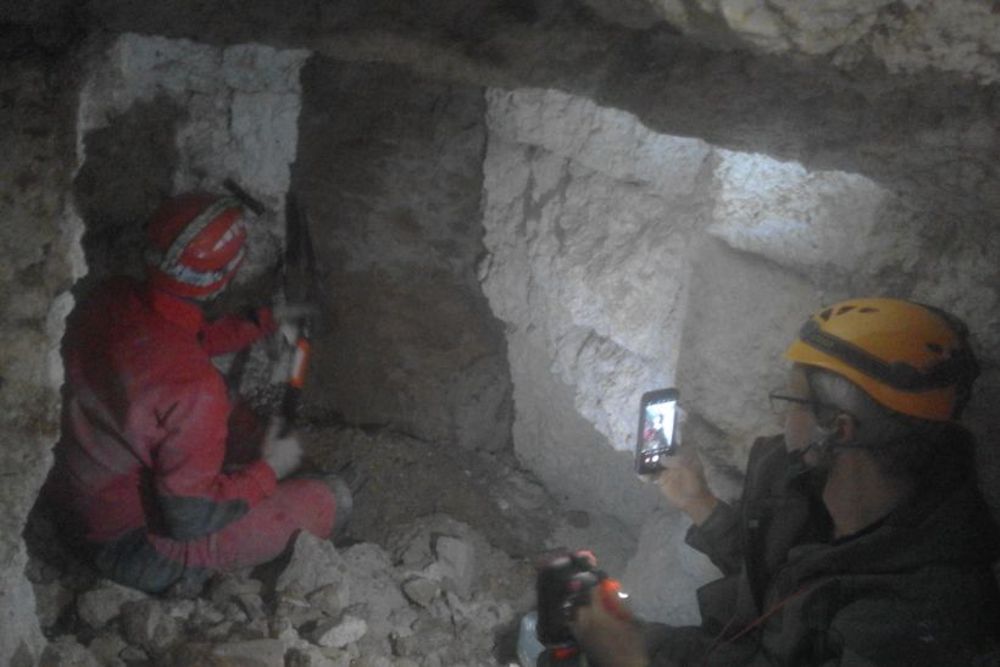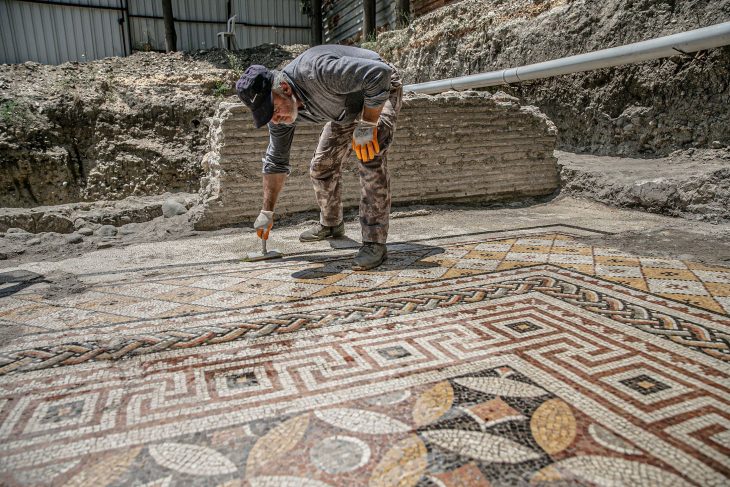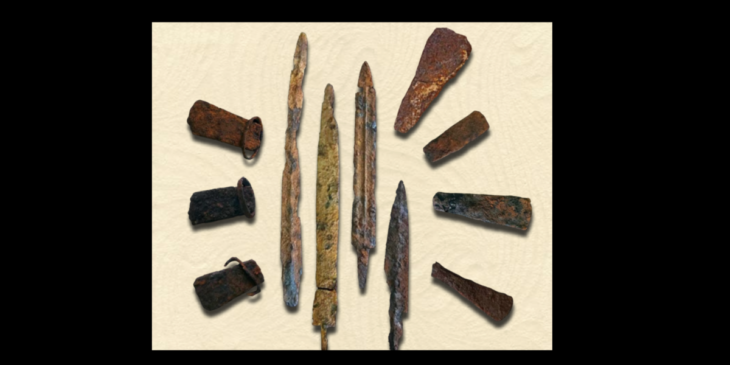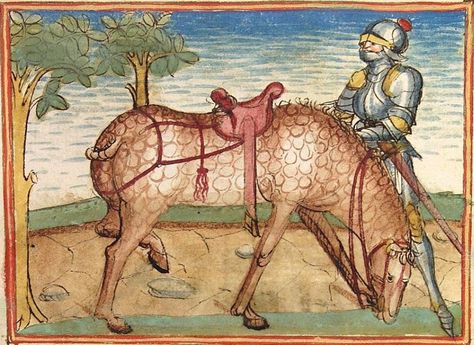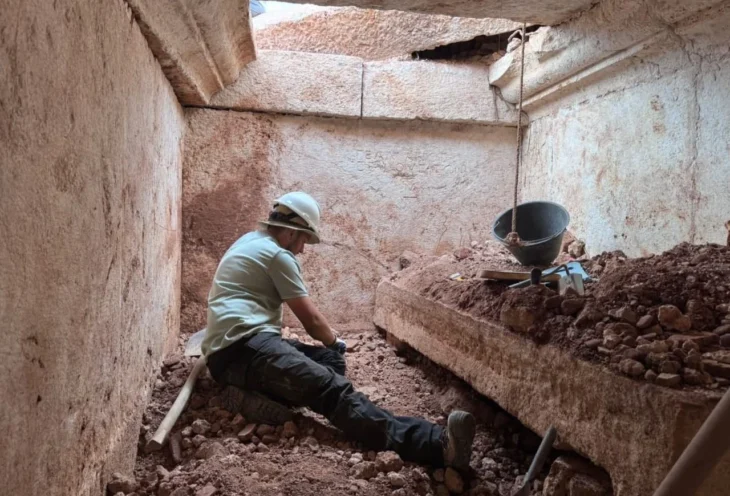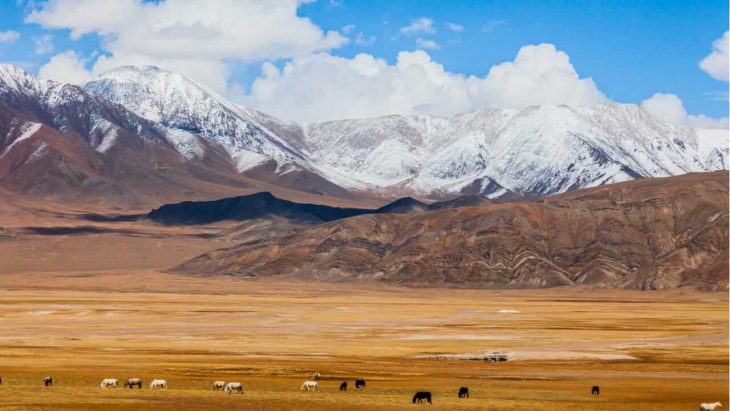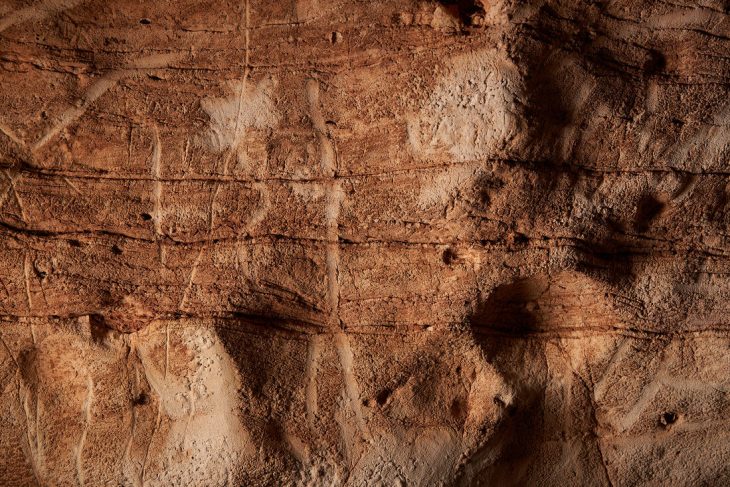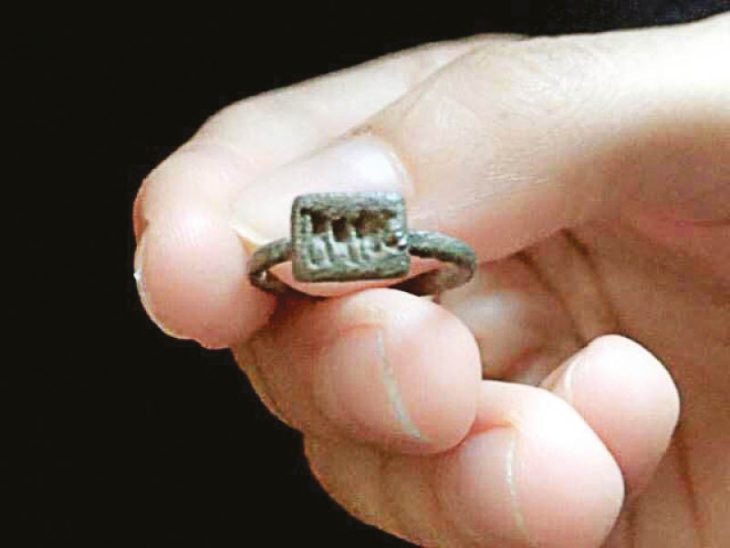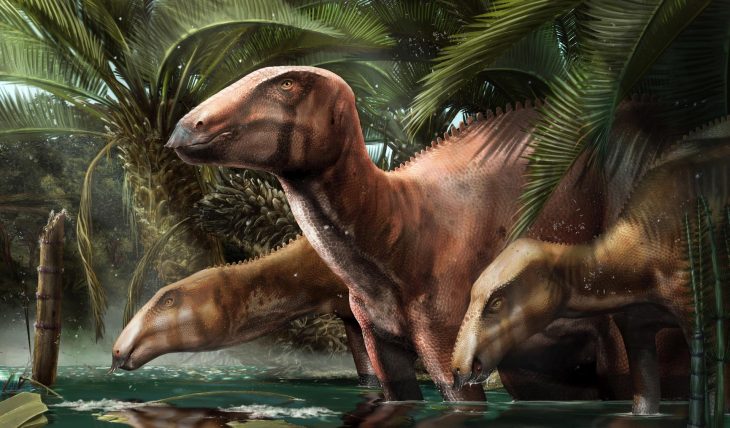A naturally formed cave was found near the town of Kraśnik in southeastern Poland, used by humans during the Ice Age. The cave was discovered by a farmer named Adam Bryczek.
Adam Bryczek was wandering through his land when he came across something that looked like a pit. However, it was originally a small opening on the ground, but gradually expanded with the passage of time, and finally collapsed.
Bryczek was taken aback and found that the opening led to an underground cave about 10 meters underground. The cave was tens of square meters in size and could reach a maximum height of 140 cm-not enough for most adults to stand upright.
Adam Bryczek reported the cave to Dominik Szulc, guardian of the monuments in Kraśnik County in January. Later, the cave was visited by archaeologists from Lublin, the capital of the region.
The cave was formed as a result of the dissolution of the bedrock by groundwater. Such caves are called solutional caves.
📣 Our WhatsApp channel is now LIVE! Stay up-to-date with the latest news and updates, just click here to follow us on WhatsApp and never miss a thing!!
According to the news in The First News, Szulc:
“The cave undoubtedly dates back to the Pleistocene (2.58 million – 11,700 years ago), and more precisely, perhaps the so-called glaciations of the Nida or San (730,000-430,000 years ago),” he said.
He explained that during this period, the Scandinavian ice sheet covered the Lublin Heights, while the area was covered by thick snow. During the temporary increase in temperature, a large amount of flowing water dissolved the limestone and formed the walls, floor, and ceiling of the cave.
Although the cave was formed naturally, the researchers pointed out that humans have visited the cave, apparently extracting stones for construction. The walls of the cave show signs of mechanical work left by the tools.
In a post on Facebook, Szulc did not publish the cave’s exact location, warning that it could be dangerous.
He wrote: “It is not suitable for access to visitors, because it is too small and low, with a steep and dangerous entrance leading to it.”
Experts are now working on a way to secure the cave so that people can enter again to conduct scientific research.

